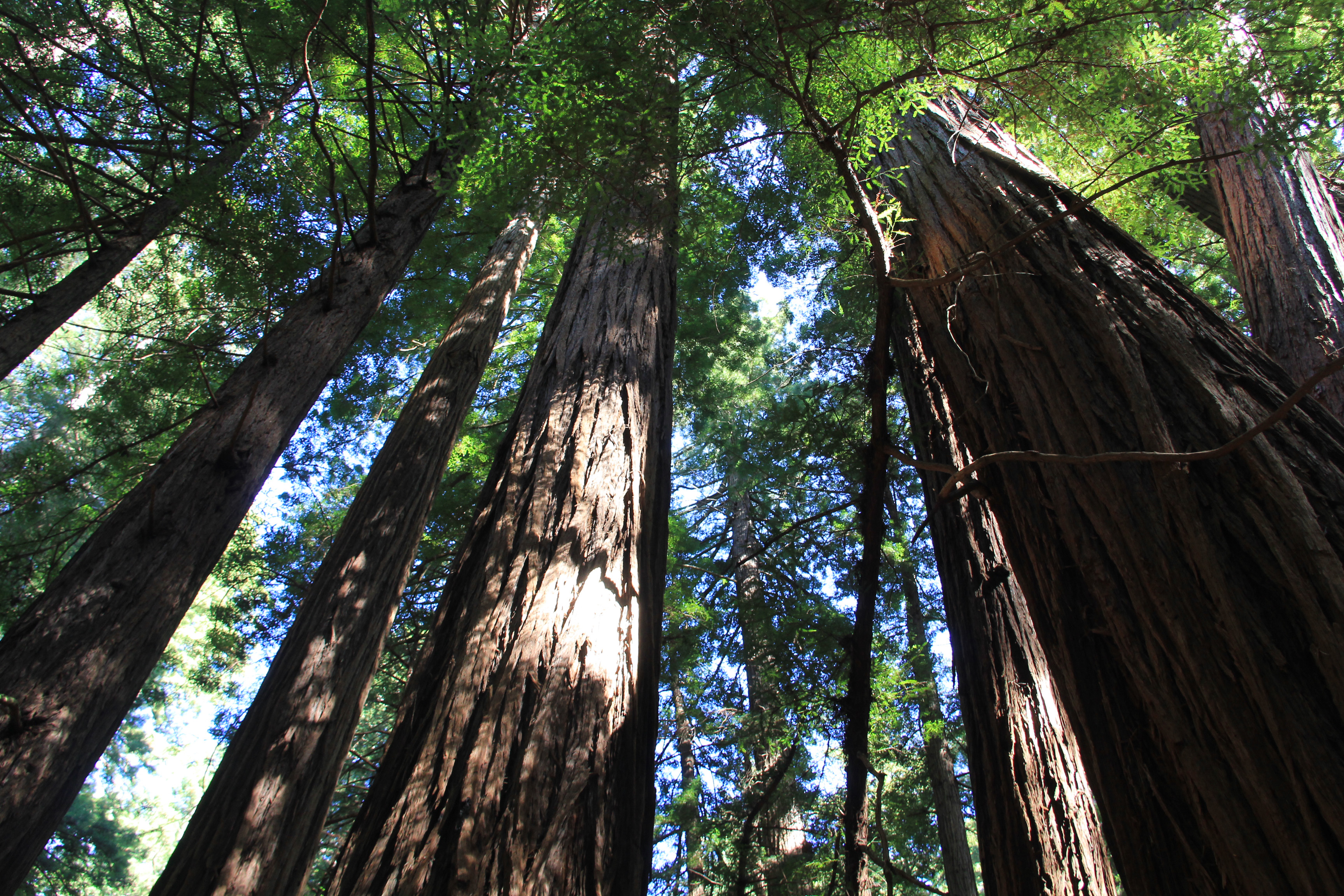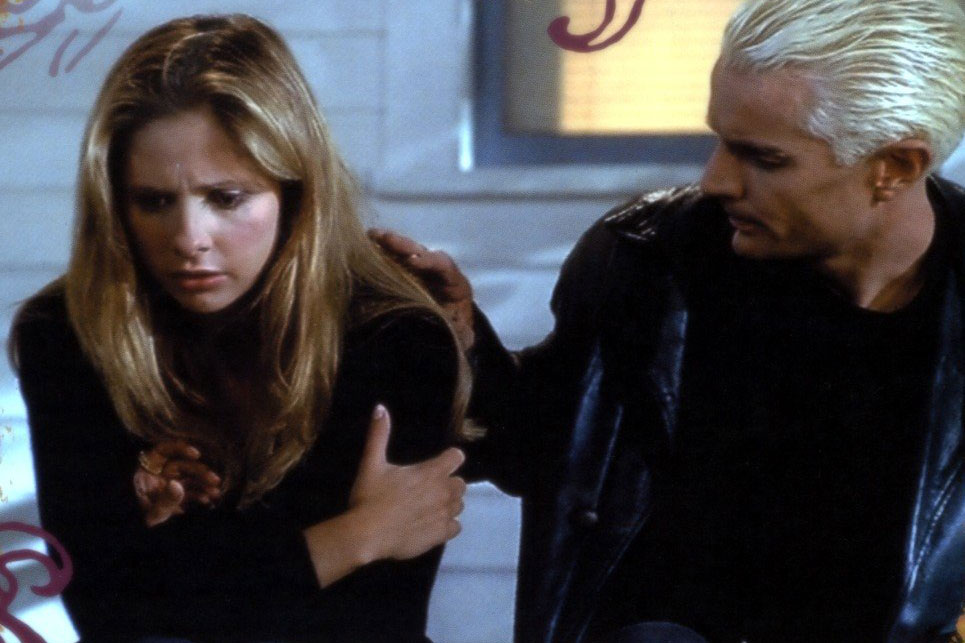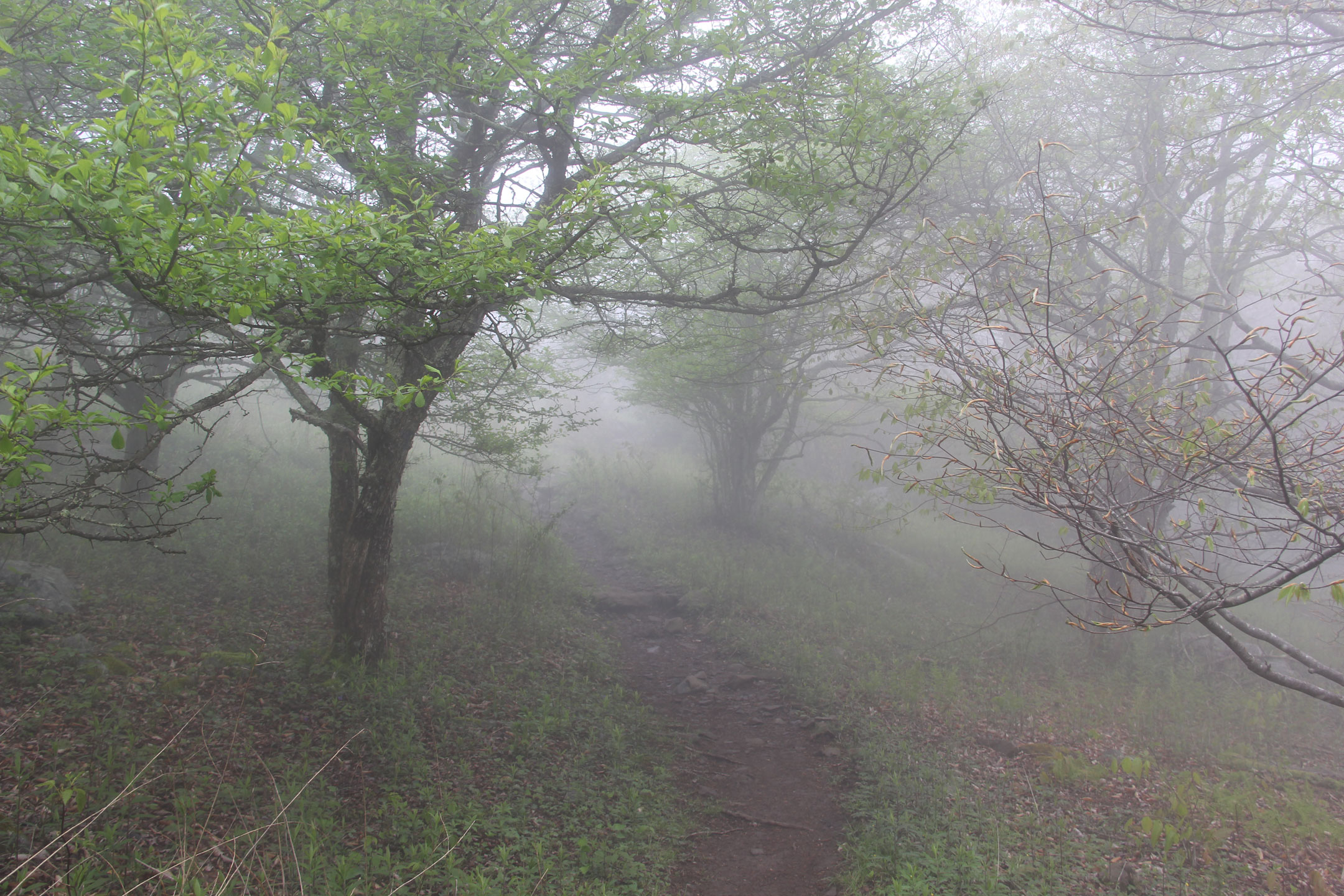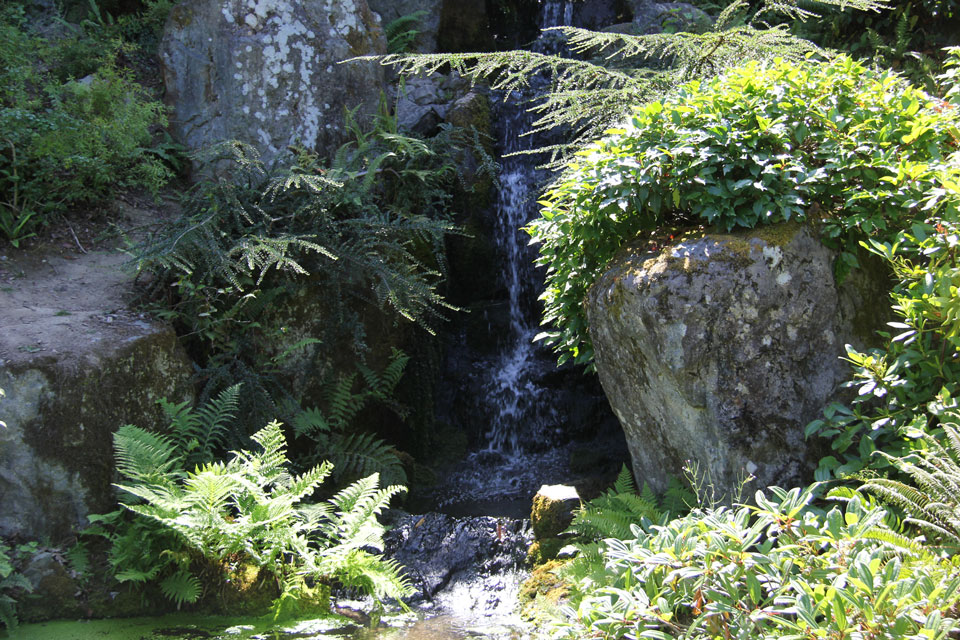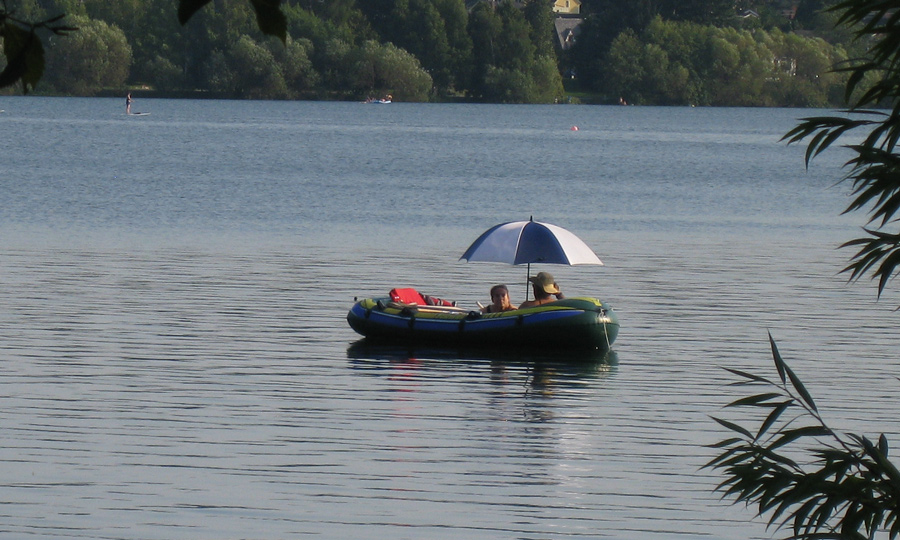
So did you hear the latest extinction news? According to the most recent United Nations study on biodiversity there has been a “catastrophic decline” in wild animal species worldwide in just the last fifty years. At the same time, the loss of ecosystems worldwide has radically diminished the number of amphibians, marine mammals and coral reefs.
This can’t be good for humans. But at this point I wonder if the humans driving the planet into extinction overdrive are capable of putting on the brakes. It’s not like this is the first time overwhelming evidence has shown the folly of our behavior and the high cost of all our cheap disposable production. And, as Dylan once put it, “the hour is getting late.” There may one day be nobody left on Earth but us and the cows. And of course the chickens. We’ll be well and truly clucked.
I used to get very upset about this prospect, twenty, thirty years ago. I’d shake my head and wonder what was wrong with us that we couldn’t see what a mess we were making of this gorgeous planet. Lately I’ve been trying to envision a future that doesn’t require pixie dust or guns or gas masks in order for the human race to continue. So far, the best I can imagine is that, when the Blue Ridge becomes beachfront property, and the last honeybee has gone the way of the dodo, there may still be a few humans scratching out a meager existence in a cave somewhere. And if they can hang on for a millennium or two, maybe the oceans will recede and we’ll get another shot at this civilization thing.
Or, alternatively, we’re toast, and rabbits will inherit the earth. They weren’t my first pick in the survival lottery, but as a gardener I’ve been humbled by their relentless persistence. They’re fast running, fast breeding, and they’ll eat anything. Plus, they’re fine with living underground, which will no doubt be helpful once the ozone shield is gone and the surface of the planet becomes a hotplate.
So, there’s the future for our great-grandchildren. Living in caves, eating rabbit if they’re lucky. I don’t know if they’ll be happy kids. But they won’t know there was any other life, since there won’t be any electricity or other nifty technology to amuse them. Hopefully they’ll still have the moon and the stars to enjoy.
Unless we manage to muck up that neighborhood too. I’d sooner eat rabbit.

